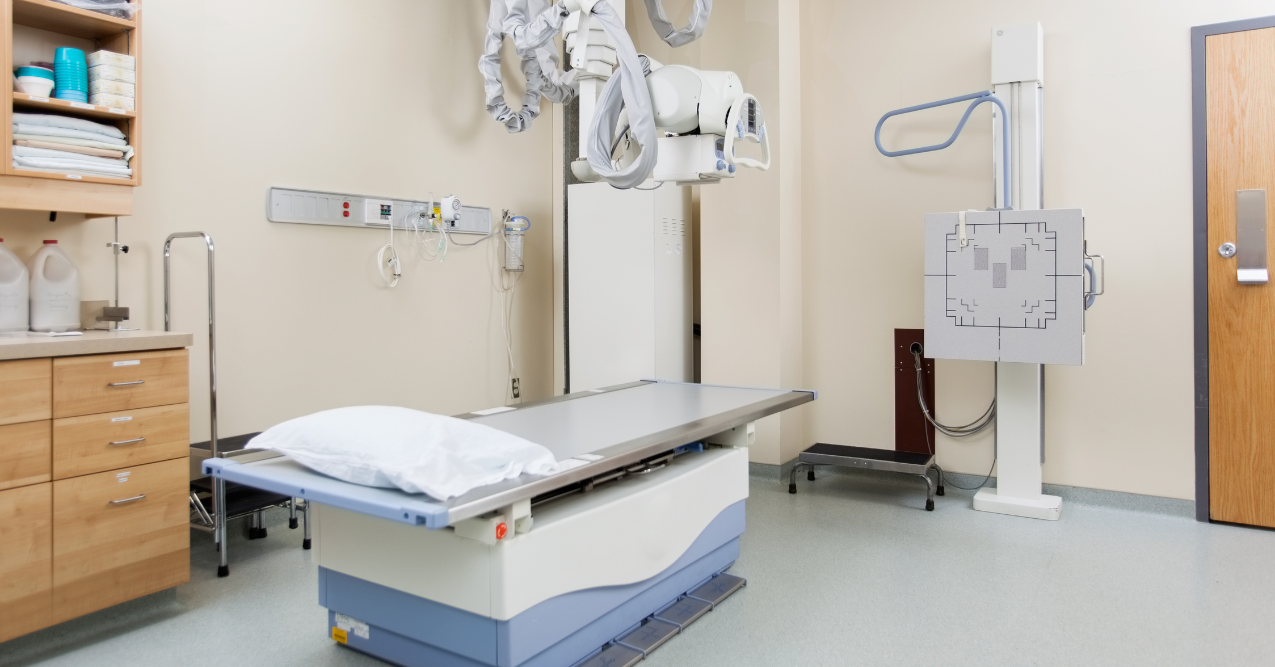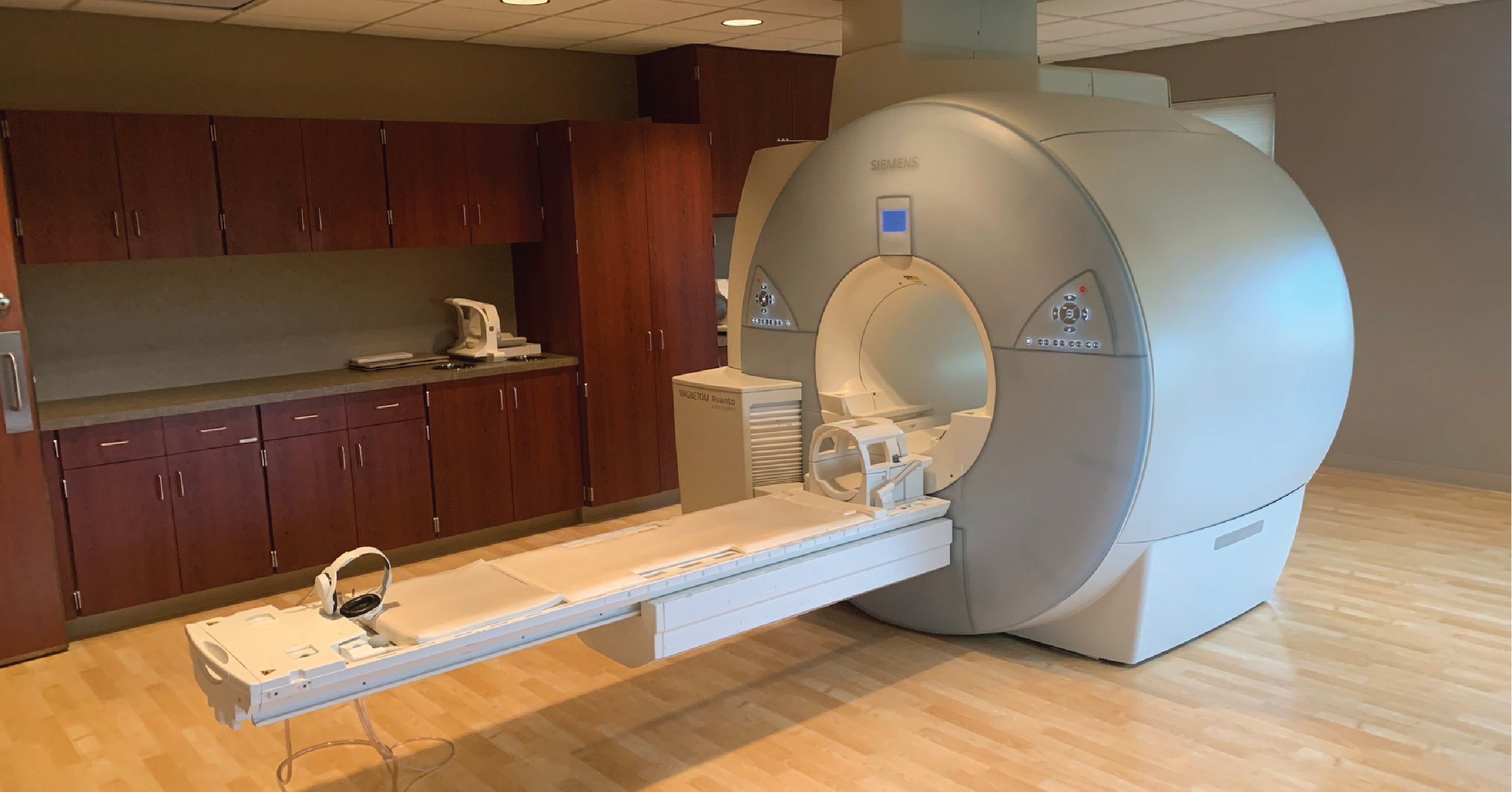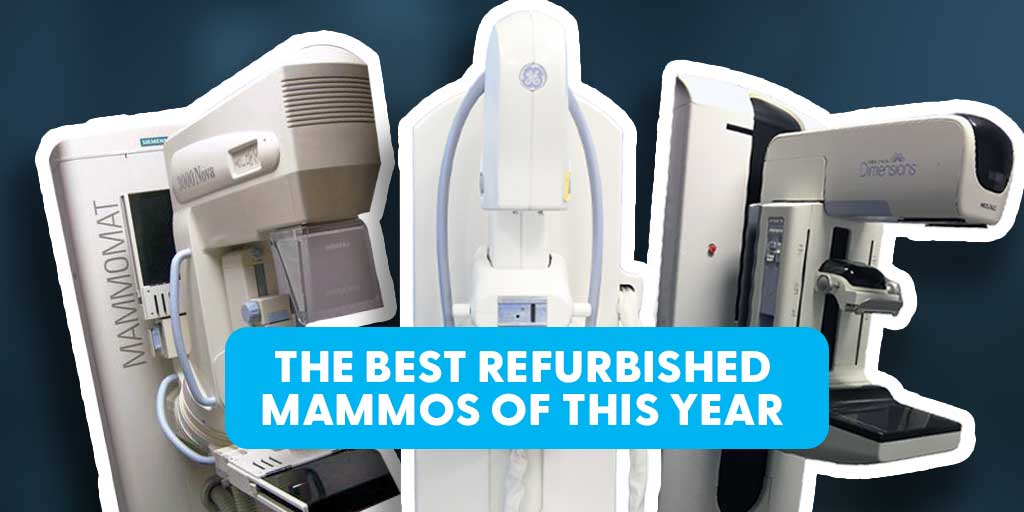
One of the most common questions we are asked when opening a new practice is, “What size room do I need for a fixed X-ray system?”
The answer to this question will depend on a few different factors. Typically, customers tend to lean most heavily on which style X-ray system they are looking for, orientation of the room, and what type of studies will be performed. Below are some general guidelines for ideal room sizes for the most common rooms necessary for each type of equipment.
Note: Block Imaging provides new and refurbished X-ray machines and parts in order to solve all the pain points listed above. You can read about it in detail below or reach out to our sales team to learn more about how it can help improve diagnostic imaging.
- What X-Ray Systems Are Best For A Small Room?
- What X-Ray Systems Fit In A Medium-Sized Room?
- What Size Room Do I Need For A Larger Fixed X-Ray System?
- The Takeaway
Interested in pricing?
Check out our X-ray Machine Price Guide or contact us for more information on how Block Imaging can help you find the right system for your needs.
What X-ray systems are best for a small Room?
The dimensions of 10’x10’ is the smallest size room that will comfortably fit a full X-ray system. These dimensions make space for a U-arm system such as the Definium 5000 or a compact rad room like the Amrad SRS Pocket. This size room is not large enough to use a wall stand but they are sufficient for small to medium patient throughput facilities. Typically, standard size practices and urgent care with this size room decide on these systems as good options.
What X-ray Systems Fit in a Medium-Sized Room?
For a medium-size room, the dimensions of 12’x13’ are good parameters to shoot for since it can accommodate a full-size, floor-mounted X-ray room. This size room is also large enough to include a wall stand, which is quicker and more accommodating for a wider range of studies. These rooms are ideal for locations with a more consistent patient throughput though solutions can often be tailored to adapt to smaller or larger patient volume with different size generators. Popular new X-ray options in this category consist of the Amrad Simplicity, FMT Classic and DFMT Elite. On the used side, a few well-known options are the Siemens Multix and GE Brivo 385.
What size room do I need for a larger fixed X-ray System?
For a larger room size, 14’x17’ would be the size needed to accommodate overhead (ceiling mounted) rad rooms and R/F rooms. Although these rooms often come in even larger sizes, this is the minimum size required due to large moving components during use. This type of equipment is what we typically consider hospital-grade and is found in imaging centers with very high patient volume or hospitals. Popular examples of these rooms from GE are the GE Optima 646 and Discovery 656. From Siemens, the Ysio line is the most common overhead option.
The Takeaway
One additional key element to consider is that most X-ray rooms have an operator area contained within the room sizes previously mentioned. Although this can be a small area, it is important to remember when designing the layout of the room. Most standard ceiling heights are sufficient for small and medium-sized rooms. Overhead X-ray rooms in the large space require a 9 ft. tall ceiling.
Whether you have a small room that requires some creativity to install an X-ray system or a space with plenty of room, Block Imaging is always ready to assist on our projects with a dedicated project manager that will provide customized room drawings and guide your installation.

Clay Selby
Hello, I'm Clay, and I joined Block Imaging in 2021. I enjoy learning something new everyday about our industry and our customers. Block has an incredible work environment that fosters innovation and allows us to create unique solutions for our customers. Outside of work I love playing and watching sports, collect watches and drink craft coffee.












